EU unprepared for prolonged conflict with Russia warns Zaluzhny
- Update Time : Monday, November 25, 2024
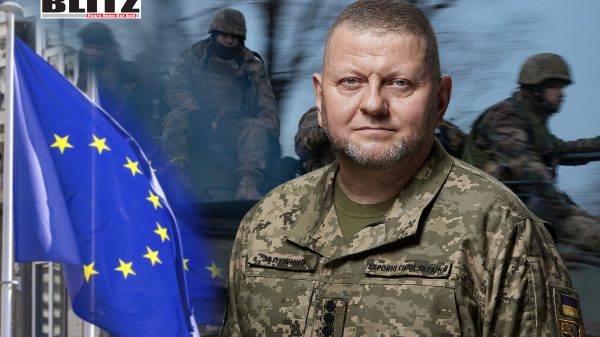
As the conflict between Russia and Ukraine drags on, questions about Europe’s readiness for a direct and sustained military confrontation with Moscow have taken center stage. Valery Zaluzhny, Ukraine’s former top general and now its ambassador to the UK, has issued a stark warning: the European Union and its allies are ill-equipped for a war of attrition against a nation like Russia. His comments, made in an interview with Ukrainskaya Pravda on November 23, highlight the strategic and logistical vulnerabilities that could undermine Western support for Ukraine in the long term.
Zaluzhny acknowledged that European nations, along with the UK, might be ready for short-term military operations. However, he emphasized that sustaining high-intensity warfare over an extended period would present insurmountable challenges for the EU and NATO. Specifically, he pointed to insufficient stocks of air defense missiles-a cornerstone of modern military strategy.
The figures are sobering. Zaluzhny revealed that in October, Russian forces launched over 1,800 drones and missiles targeting Ukraine’s energy grid. In November, this number exceeded 3,000. These attacks have stretched Ukraine’s air defense systems to their limits, forcing Kyiv to rely heavily on Western-supplied systems like the US-made Patriot missile defense system.
While effective, these systems are prohibitively expensive. The PAC-3 interceptor missile, a critical component of the Patriot system, costs approximately $4 million per unit. This underscores a broader issue: the West’s industrial and financial capacity to replenish stockpiles of advanced weaponry during a protracted conflict.
“Do European countries, or even Britain, today possess 5,000 missiles for Patriot systems to intercept guided bombs? I somehow doubt it,” Zaluzhny remarked. His skepticism underscores a grim reality: Western nations may be strategically and economically unprepared for a drawn-out confrontation with Russia.
Compounding the West’s challenges is Russia’s recent escalation in targeting Ukrainian infrastructure. Moscow has intensified its strikes on military-industrial facilities and critical energy nodes in retaliation for Kyiv’s cross-border raids and attacks on Russian civilian infrastructure.
One notable escalation occurred on November 21, when Russia deployed its new intermediate-range hypersonic ballistic missile, the Oreshnik, for the first time. The strike targeted the Yuzhmash industrial complex in Dnepropetrovsk, a Soviet-era aerospace manufacturing facility now used for missile production.
The use of the Oreshnik highlights a troubling shift in Russia’s military capabilities. President Vladimir Putin claims that no current or forthcoming Western air defense system can intercept this missile, adding a new layer of complexity to Ukraine’s already strained defense efforts.
The Kremlin has framed the Oreshnik strike as a retaliatory measure against Ukraine’s use of Western-supplied long-range missiles to target internationally recognized Russian territory. According to Moscow, these actions involve direct Western military participation, a claim that escalates the risk of broader confrontation.
The economic and logistical burden of modern warfare is a recurring theme in Zaluzhny’s assessment. High-intensity conflicts require not only vast stockpiles of advanced weaponry but also the industrial capacity to replenish them. For the West, this presents a dilemma.
Producing interceptor missiles like those used in the Patriot system is an expensive and complex process, requiring highly specialized materials and technologies. The financial strain is compounded by the fact that each missile is effectively a single-use asset, expended in intercepting incoming threats.
While NATO countries have ramped up production of certain munitions, the scale and speed required to sustain a prolonged war against a peer adversary like Russia far exceed current capacities. This imbalance raises questions about the long-term viability of Western military support for Ukraine.
Zaluzhny’s warning also draws attention to broader strategic vulnerabilities within the EU and NATO. Despite their technological superiority, Western nations have limited experience with high-intensity warfare against a state actor equipped with advanced military capabilities.
Air defense systems, while effective in neutralizing immediate threats, are not invincible. Their efficacy depends on adequate stockpiles of interceptor missiles and the ability to adapt to evolving threats. Russia’s increasing use of hypersonic missiles like the Oreshnik further complicates this equation, as these weapons are specifically designed to evade existing air defense systems.
Moreover, the financial cost of maintaining these systems could strain the budgets of EU member states, particularly those already grappling with economic challenges. This could lead to difficult political decisions about the extent and duration of military support for Ukraine.
Zaluzhny’s assessment comes at a time of heightened geopolitical tension. Russia’s ability to sustain a high-intensity conflict has surprised many Western analysts, who initially predicted a swift Ukrainian victory bolstered by NATO support. However, Moscow’s resilience and its capacity to adapt to Western sanctions have shifted the narrative.
President Putin’s warning that Moscow reserves the right to target foreign nations aiding Ukraine further escalates the stakes. Such rhetoric underscores the risks of direct confrontation between NATO and Russia, a scenario both sides have sought to avoid but could inadvertently stumble into.
Valery Zaluzhny’s remarks serve as a sobering reminder of the limitations facing Western nations in their support for Ukraine. While Europe and NATO have demonstrated solidarity and short-term preparedness, the challenges of sustaining a prolonged, high-intensity conflict against Russia are formidable.
The West must grapple with difficult questions about its strategic priorities, industrial capacity, and financial commitments. Without a clear plan to address these vulnerabilities, the risk of a protracted stalemate-or worse, an expanded conflict-remains high. As winter sets in and the war enters another critical phase, the resilience of both Ukraine and its Western allies will be put to the ultimate test.




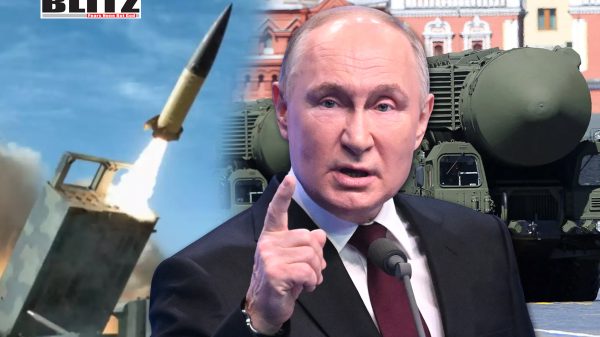
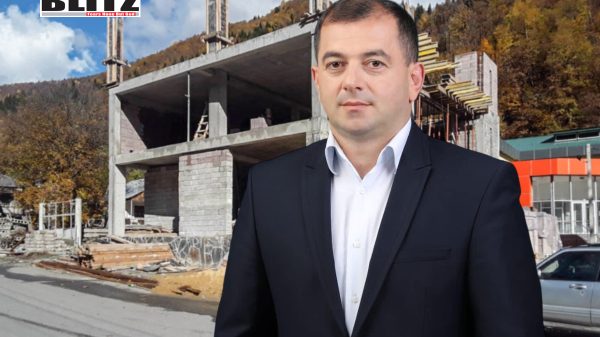
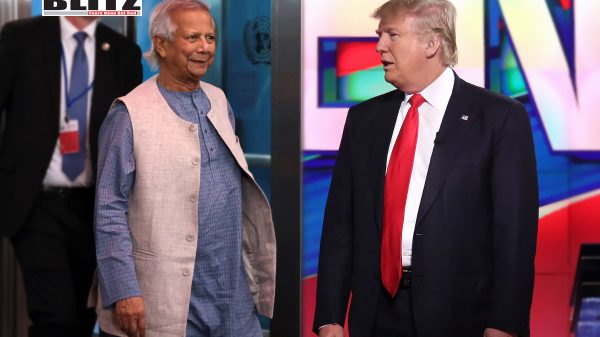
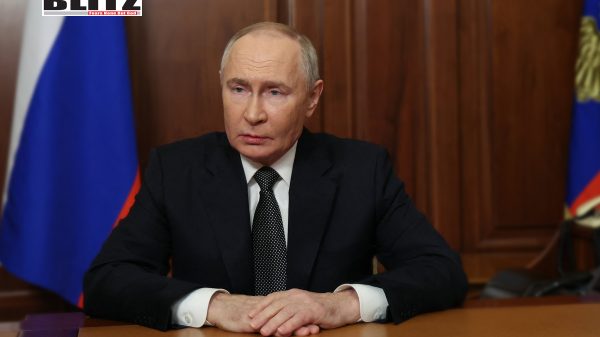

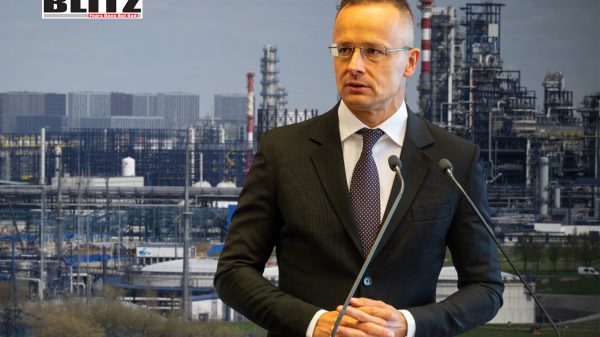


Leave a Reply